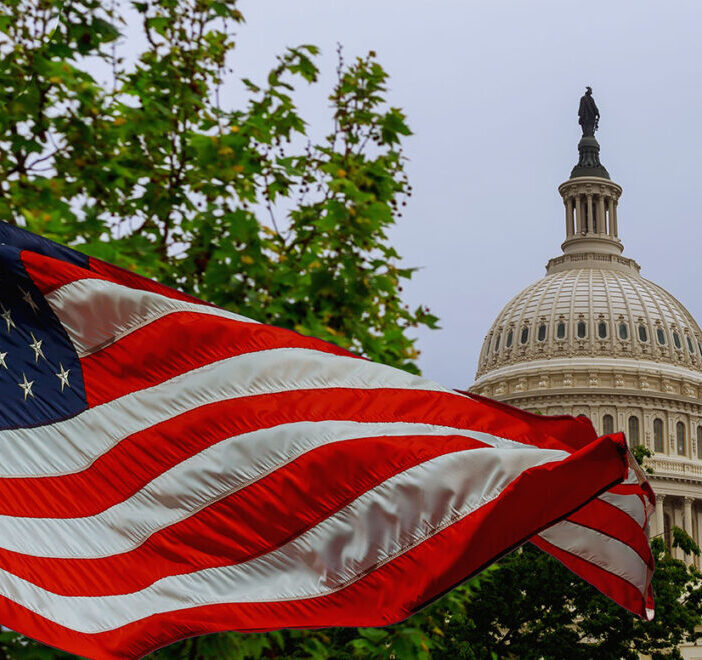New EPA Rule on Pharmaceutical Waste Disposal
Many types of healthcare providers are covered under the Final Rule including long-term care facilities which are defined as hospice facilities, nursing facilities, skilled nursing facilities and skilled and nursing care parts of a life plan community (CCRC). In the 2015 proposed rule assisted living was included, but LeadingAge and other groups successfully argued that assisted living is not a healthcare environment and should not be included; in the end, the EPA agreed.
The Final Rule has three major sections, but the one with the most immediate impact relates to the practice of disposing of certain pharmaceuticals by flushing them down a toilet or sink drain. EPA characterizes this practice as “sewering” pharmaceuticals. Certain pharmaceuticals will be classified as hazardous waste and effective August 22, 2019 all healthcare facilities, including the long-term care facilities listed above, will be prohibited from “sewering” those types of pharmaceuticals. The prohibition includes, but is not limited to: prescription drugs, over-the-counter drugs, compounded drugs, drugs remaining in a non-empty container, clean-up materials from spills of pharmaceuticals, homeopathic drugs and dietary supplements. The Final Rule does not specifically list what pharmaceuticals are considered hazardous. Rather a pharmaceutical is not hazardous if it is legitimately used/reused (e.g. lawfully donated for its intended purpose) or reclaimed. Over-the-counter pharmaceuticals, dietary supplements and homeopathic drugs are not hazardous if there is a reasonable expectation of being legitimately used/reused (e.g. lawfully redistributed for its intended purpose) or reclaimed.
The rule establishes three categories of hazardous waste pharmaceuticals: “potentially creditable” (a credit may be available for the pharmaceutical from the manufacturer), “non-creditable” (no credit potential because of breakage, expiration, repackaging, or dispensing) and “evaluated” (the pharmaceuticals is not eligible for a credit and is ready for disposal). These three categories were developed to be consistent with current practices in crediting healthcare facilities for some unused pharmaceuticals. Ultimately, pharmaceuticals are disposed of as hazardous waste.
Health care providers who have an existing disposal process, typically through a third party, will not be impacted. If a provider still disposes of pharmaceuticals by sewering, they will have to plan for proper disposal by August of this year.
The Final Rule also creates a new Subpart P in the Resource Conservation and Recovery Act (the act giving EPA authority to regulate hazardous waste) having to do with the handling of hazardous waste pharmaceuticals. However, except Iowa and Alaska, the states are required to adopt the provisions of Subpart P. If they can adopt by administrative action, they have until July 1, 2021 to do so; if legislation is required, the deadline is July 1, 2022.
LeadingAge will be providing additional information on the details of the Final Rule and is scheduling a webinar soon.

Most Recommended
October 15, 2025
 Shutdown Week Three: Impact of Ongoing Closure on Affordable Housing
Shutdown Week Three: Impact of Ongoing Closure on Affordable Housing
November 25, 2025
Fiscal Year (FY) Funding 2026
October 07, 2025
Immigrant Workforce Matching Program Brings Workforce Relief
Recently Added
December 03, 2025
 Sen. Wyden Seeks Input: SNF Experience with ISNP Model
Sen. Wyden Seeks Input: SNF Experience with ISNP Model
December 03, 2025



